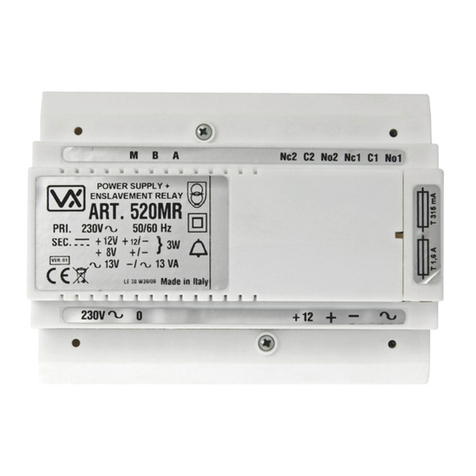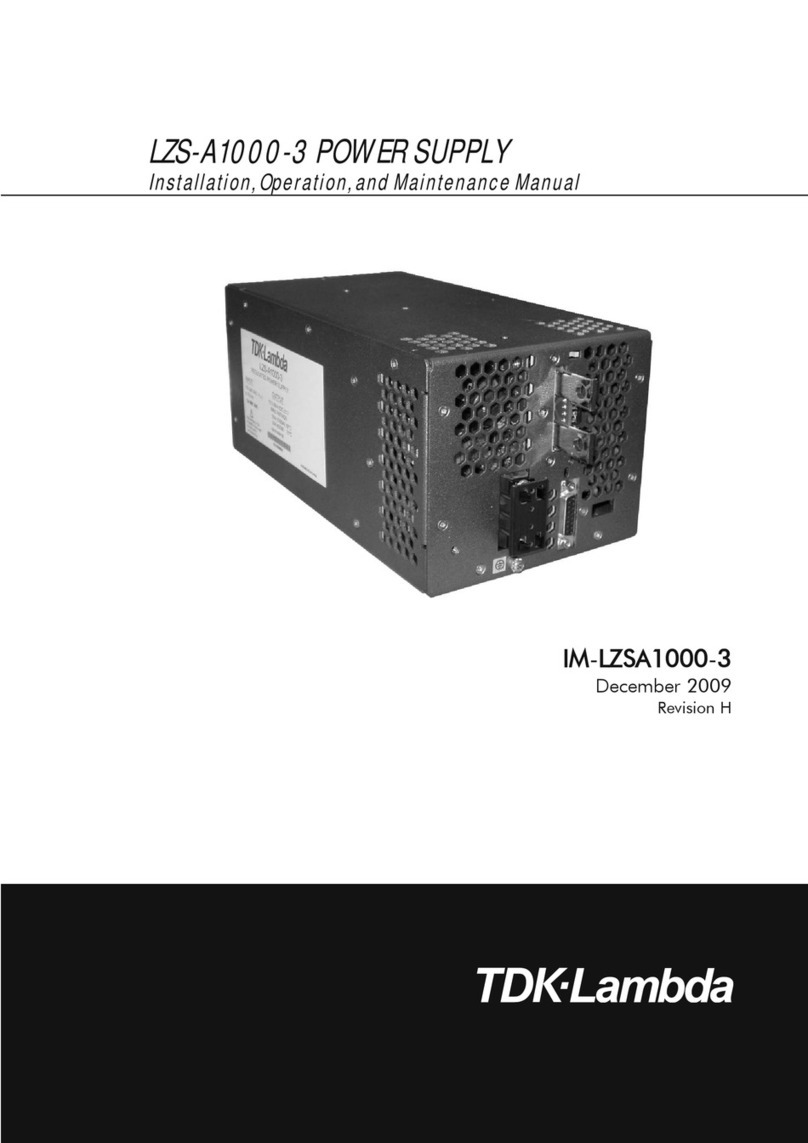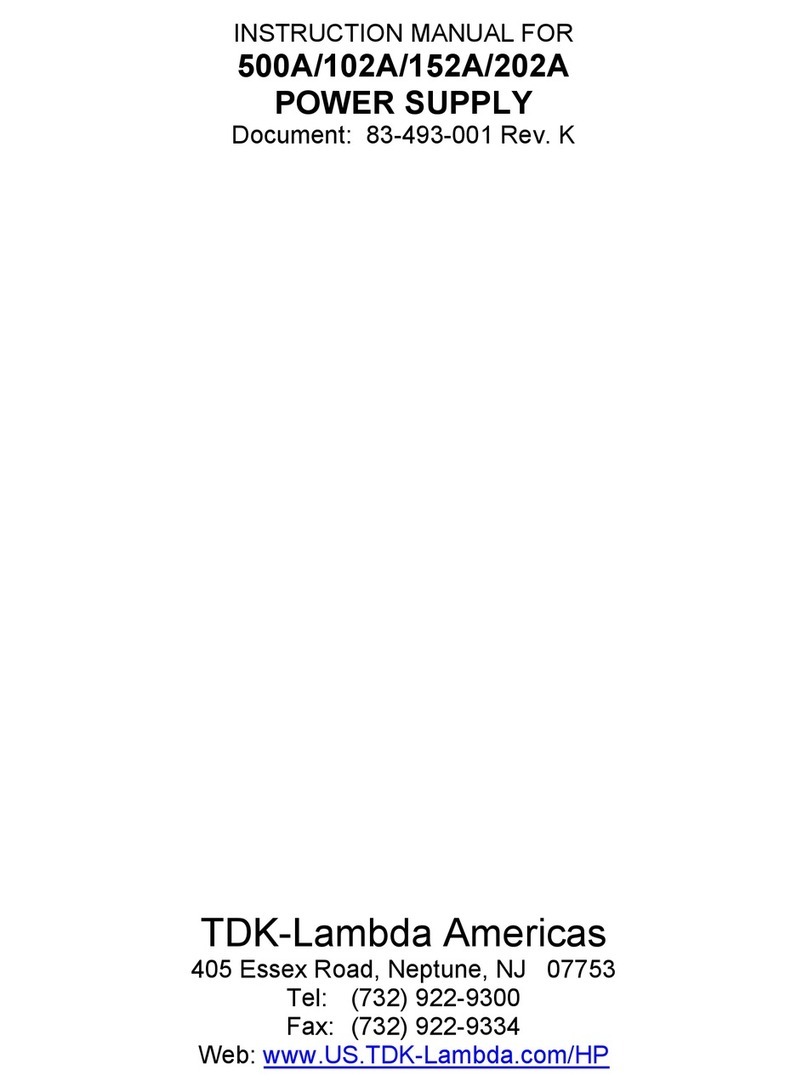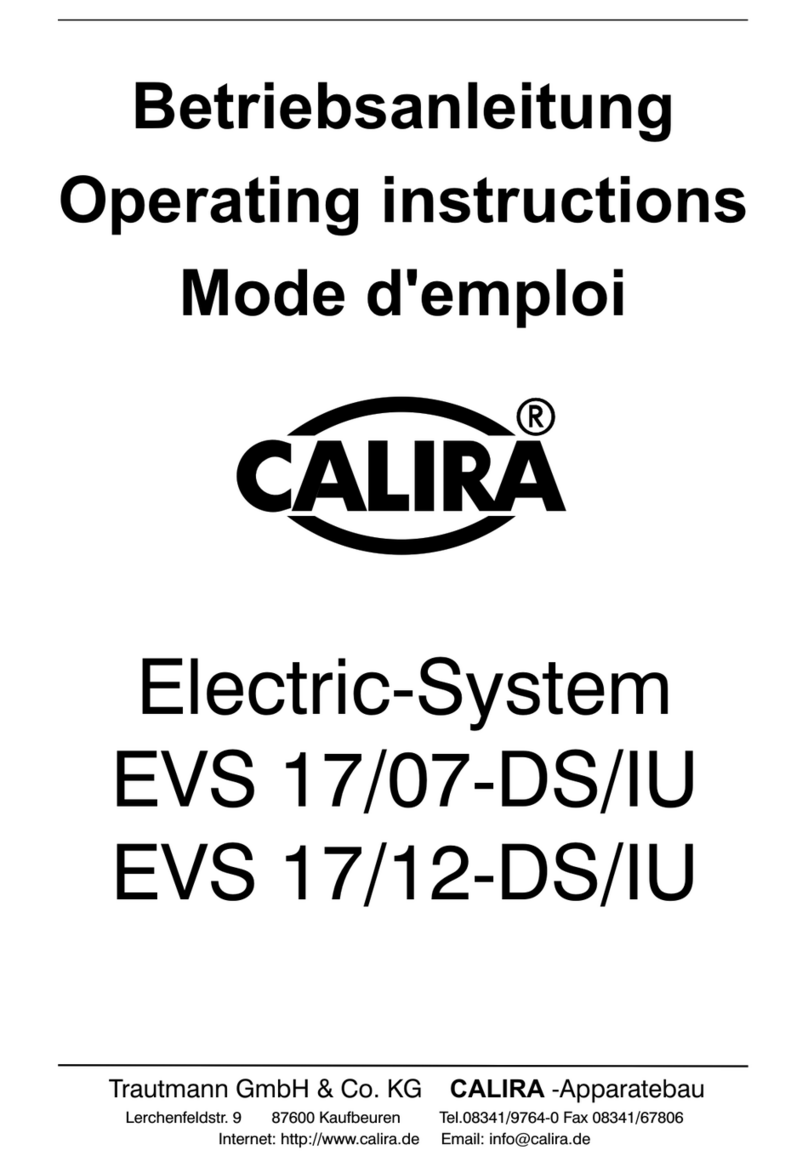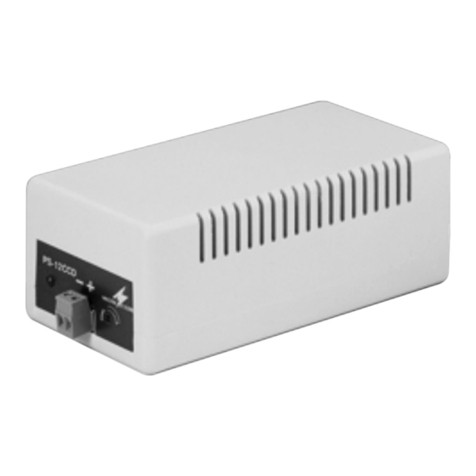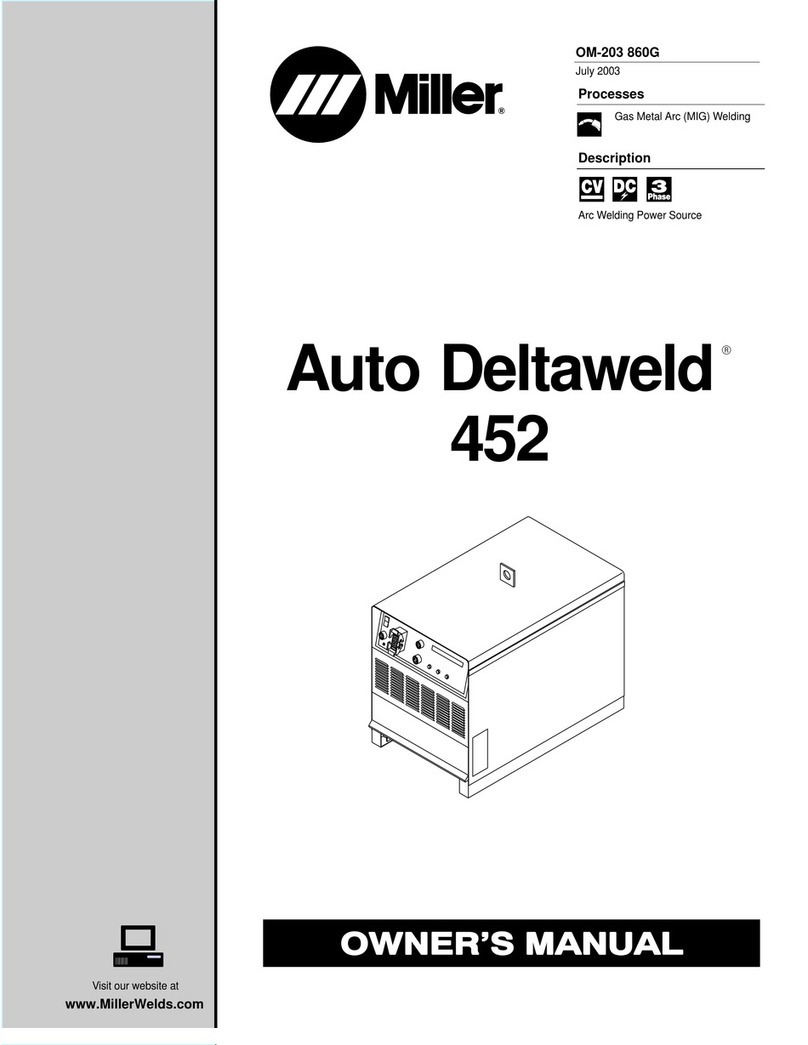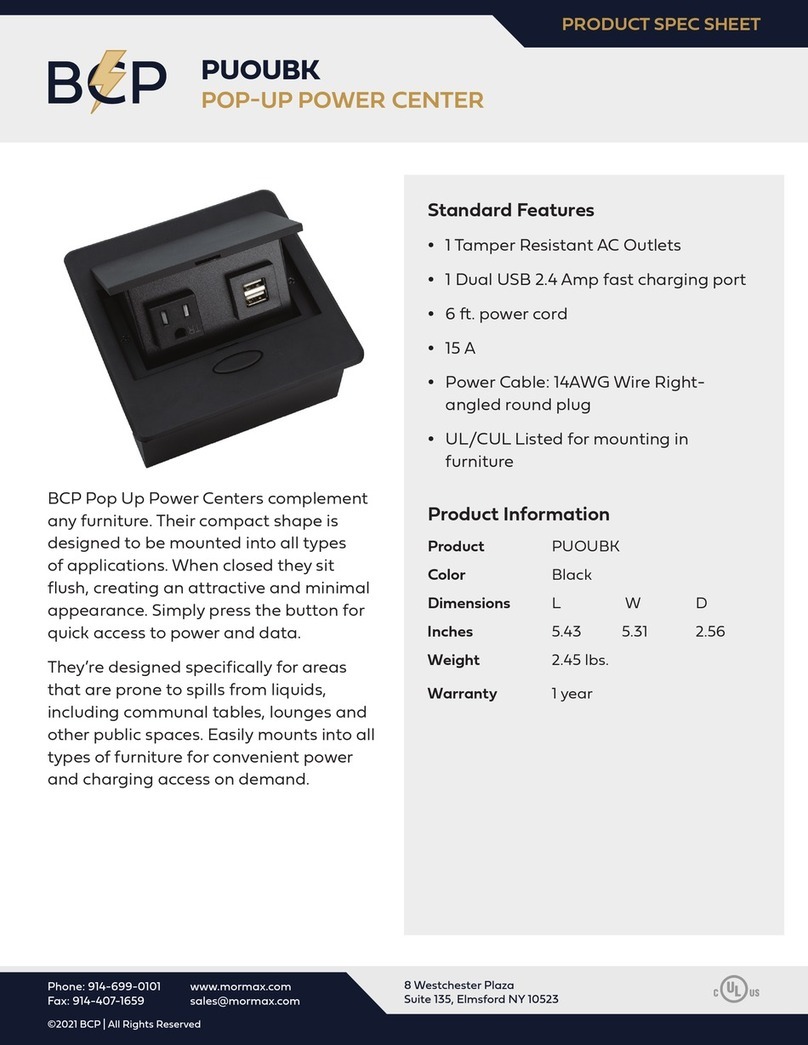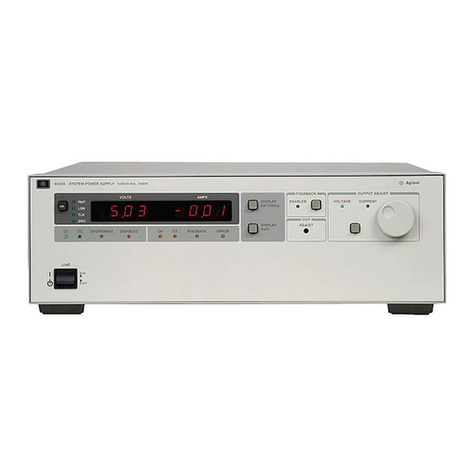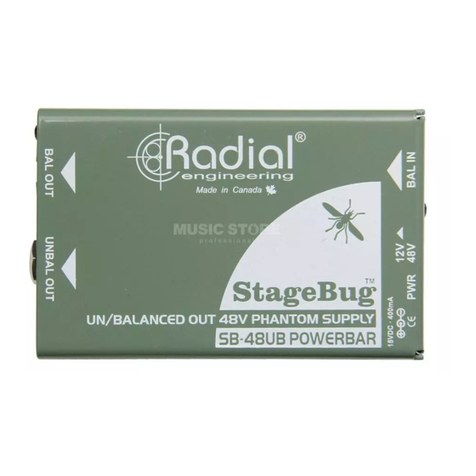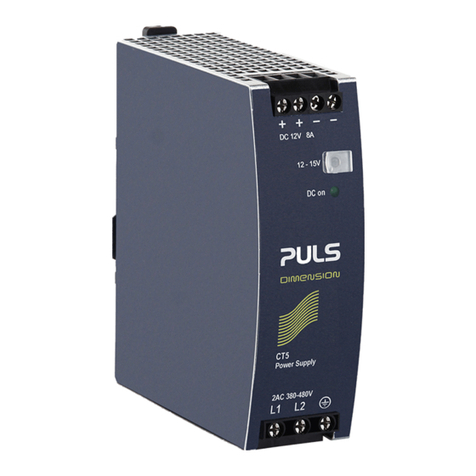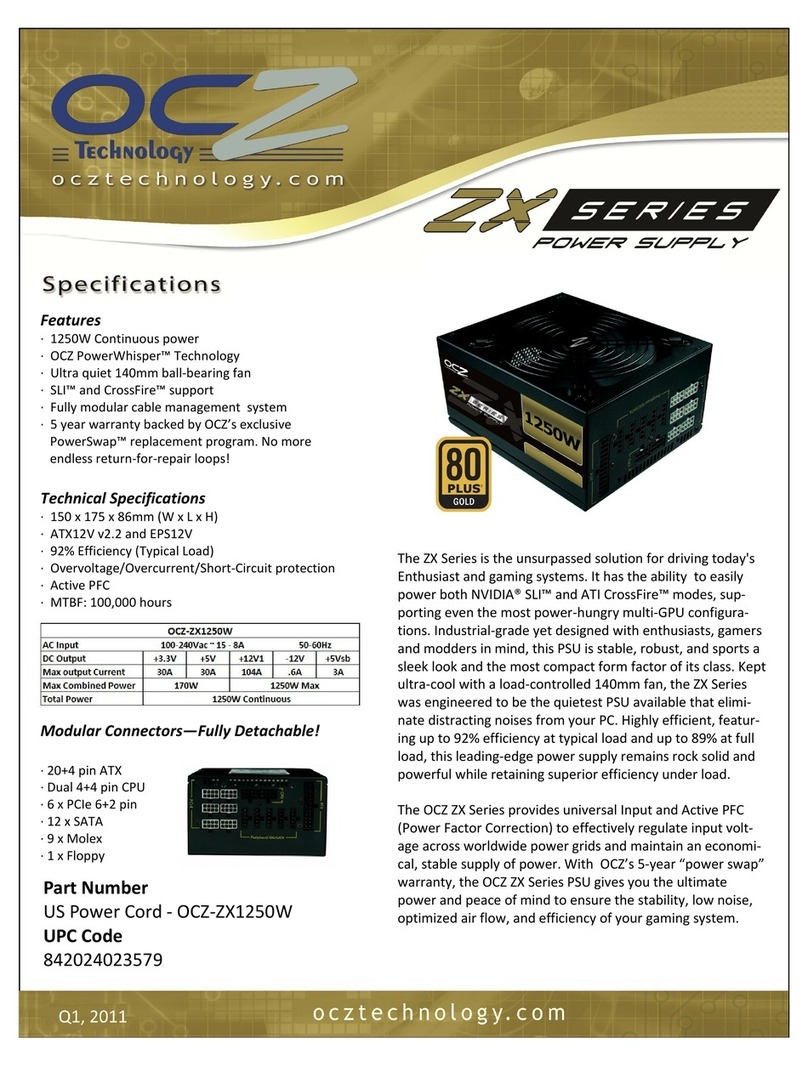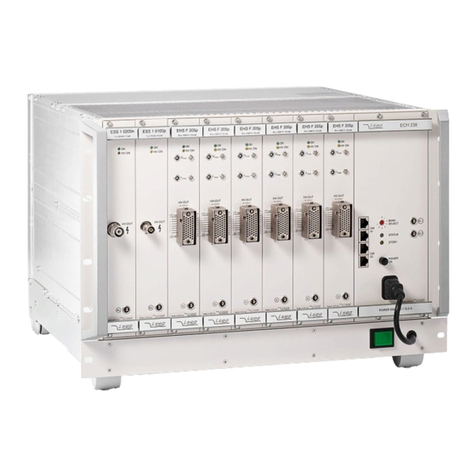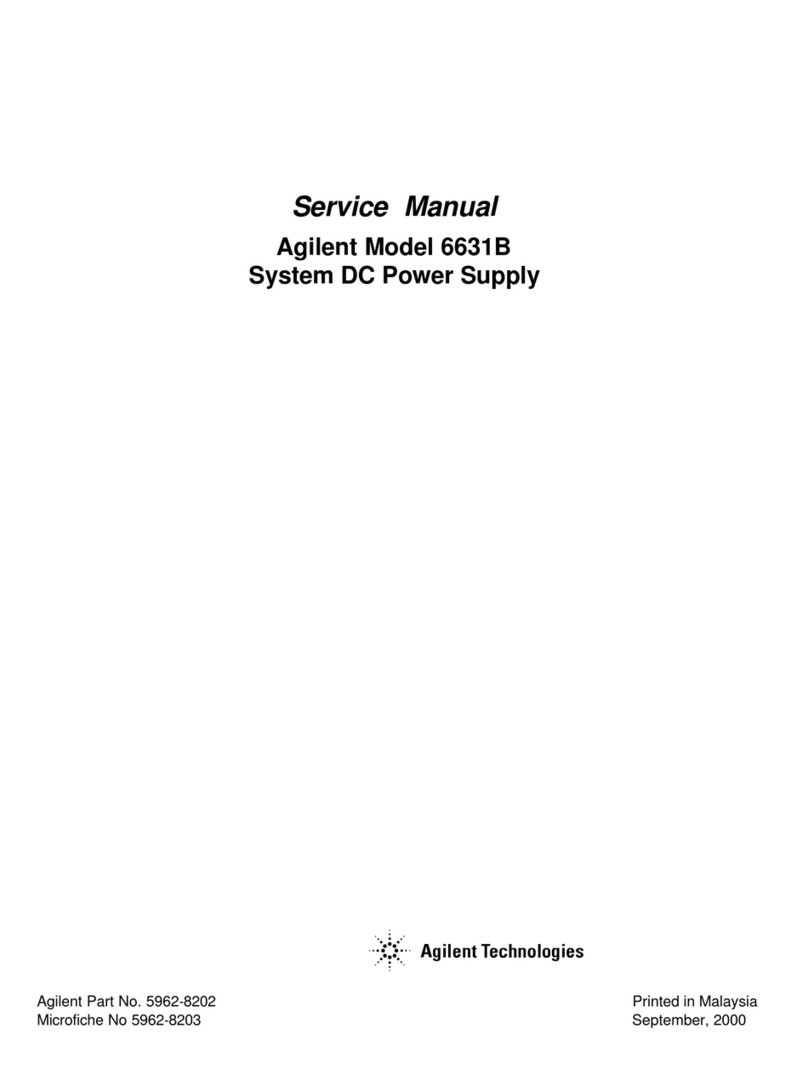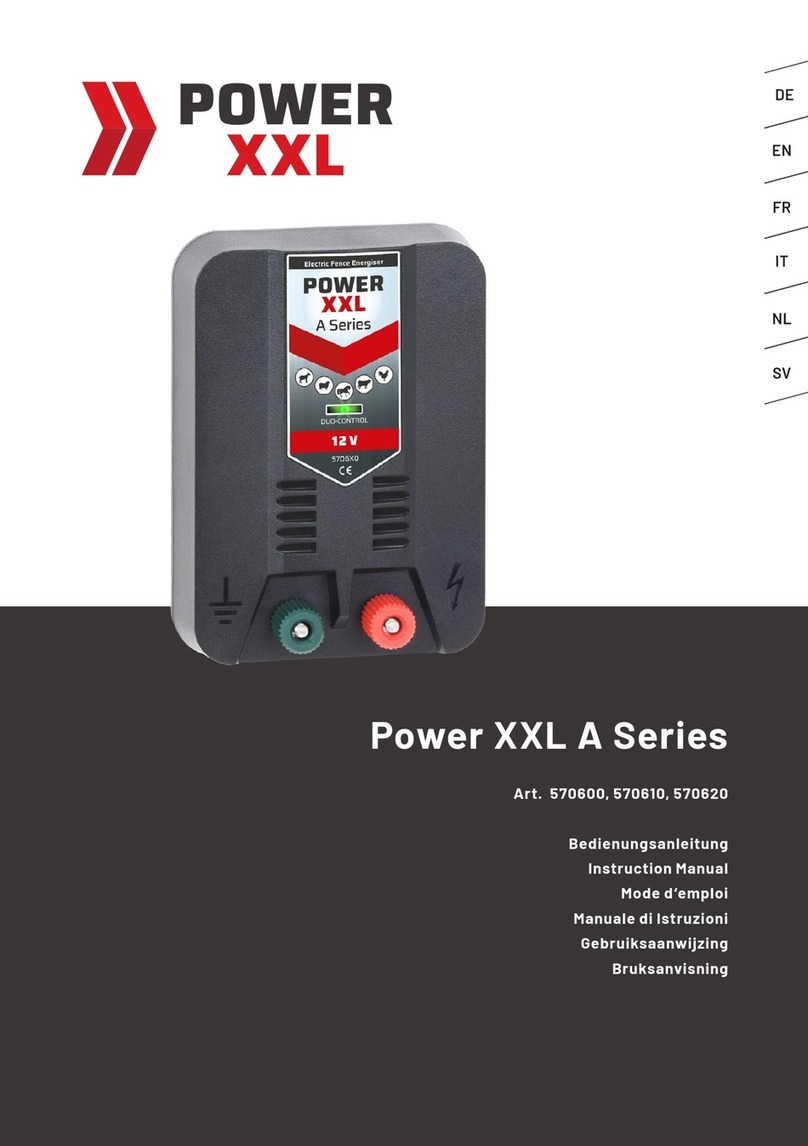
Wayne Kerr AP 1kW Power Supplies • Issue 2 3
CONTENTS
1. SAFETY ............................................................................................................................................................. 4
1.1 GENERAL............................................................................................................................................................ 4
1.2 A.C. POWER SUPPLY .......................................................................................................................................... 4
1.3 ADJUSTMENT,REPLACEMENT OF PARTS,MAINTENANCE AND REPAIR............................................................... 4
1.4 STATIC ELECTRICITY .......................................................................................................................................... 5
1.5 DISPOSAL HAZARDS ........................................................................................................................................... 5
1.6 LOAD INDUCTANCE ............................................................................................................................................ 5
2. SCHEDULE OF EQUIPMENT ....................................................................................................................... 6
3. INTRODUCTION ............................................................................................................................................. 7
4. SPECIFICATION ............................................................................................................................................. 8
5. INSTALLATION............................................................................................................................................. 12
5.1 SUPPLY VOLTAGE............................................................................................................................................. 12
5.2 MAINS CONNECTION ........................................................................................................................................ 13
5.3 LOCATION ........................................................................................................................................................ 13
5.4 RACK MOUNTING ............................................................................................................................................. 13
6. OPERATING INSTRUCTIONS.................................................................................................................... 15
6.1 FIRST TIME OPERATION.................................................................................................................................... 15
6.2 CONNECTING THE LOAD ................................................................................................................................... 16
6.3 PROTECTIVE CIRCUITS...................................................................................................................................... 17
6.4 OPERATING MODES .......................................................................................................................................... 20
6.5. LINE IMPEDANCE TEST.................................................................................................................................... 30
6.6. CURRENT MONITOR (IMON) ............................................................................................................................ 31
6.7. INHIBIT TERMINAL........................................................................................................................................... 31
7. CIRCUIT DESCRIPTION ............................................................................................................................. 32
8. RECALIBRATION ......................................................................................................................................... 36
8.1 EQUIPMENT NEEDED FOR RECALIBRATION ...................................................................................................... 36
8.2 RECALIBRATION PROCEDURE ........................................................................................................................... 37
8.3 OUTPUT NOISE AND RIPPLE MEASUREMENTS .................................................................................................. 40
9. MAINTENANCE ............................................................................................................................................ 42
9.1 CLEANING......................................................................................................................................................... 42
9.2 SAFETY CHECKS ............................................................................................................................................... 42
9.3 GUARANTEE ..................................................................................................................................................... 43
9.4 SERVICE ........................................................................................................................................................... 43
10. COMPONENT SCHEDULES...................................................................................................................... 44
11AP3080.............................................................................................................................................................. 45
11AP6050.............................................................................................................................................................. 50
11AP10030............................................................................................................................................................ 56
11. CIRCUIT DIAGRAMS ............................................................................................................................... 62
